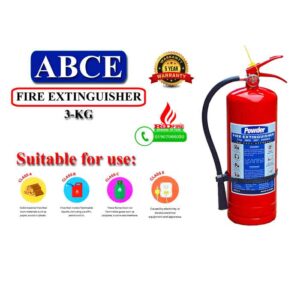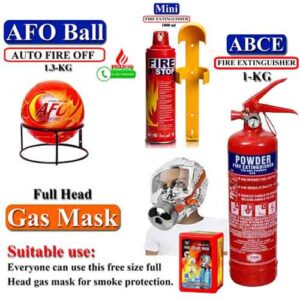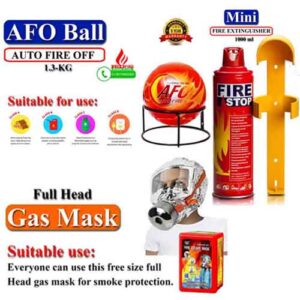Family Fire Safety Pack
A home fire safety plan is a plan that outlines the steps to be taken to prevent a fire from starting, and the steps to be taken in the event of a fire. It includes procedures for safely escaping a fire, and for calling the fire department. The plan should be communicated to all members of the household and should be reviewed and practiced regularly to ensure that everyone knows what to do in the event of a fire.
A typical home fire safety plan includes the following elements:
- Identifying potential fire hazards in the home, such as overloaded electrical outlets or improperly stored flammable materials.
- Designating two escape routes from each room in the home, and making sure that all windows and doors can be easily opened.
- Placing smoke alarms on every level of the home and in each sleeping area, and testing them regularly to make sure they are working properly.
- Practicing fire drills regularly, so that everyone knows what to do in the event of a fire, and can evacuate the home quickly and safely.
- Establishing a designated meeting place outside the home, so that everyone can account for each other after evacuating.
- Teaching children how to call 911 or your local emergency number in case of a fire.
Remember, having a fire safety plan in place can greatly increase the chances of surviving a fire. It is important to review and practice the plan regularly to ensure that everyone knows what to do in case of an emergency.
In addition to the elements mentioned above, there are some additional tips that can help you create a comprehensive home fire safety plan:
- Make sure that everyone in the household understands the sound of the smoke alarm, and knows what to do if they hear it.
- If anyone in the household has a disability, make sure that your fire safety plan takes this into account. For example, if someone uses a wheelchair, make sure that there is a plan for getting them out of the home safely.
- If you have pets, make sure that your plan includes a way to evacuate them as well.
- Make sure that all household members know how to use a fire extinguisher, and keep one in a location that is easily accessible.
- If you live in an apartment building or other multi-unit dwelling, make sure that you know the evacuation plan for the building, and that your home fire safety plan takes this into account.
- If you have young children in the household, make sure that they understand the importance of not playing with matches or lighters.
- If you have an older home, make sure that the wiring is up to code, and consider having an electrician check your home for potential fire hazards.
Remember, having a home fire safety plan is an important step in protecting your family and your home from fire. By taking the time to create a comprehensive plan, and by reviewing and practicing it regularly, you can help ensure that your family is prepared in case of an emergency.
Showing all 3 results
Family Fire Safety Pack – Heavy
Original price was: 3,500৳ .3,000৳ Current price is: 3,000৳ .Family Fire Safety Pack – Light
Original price was: 2,500৳ .2,000৳ Current price is: 2,000৳ .Family Fire Safety Pack – Medium
Original price was: 3,500৳ .3,000৳ Current price is: 3,000৳ .





